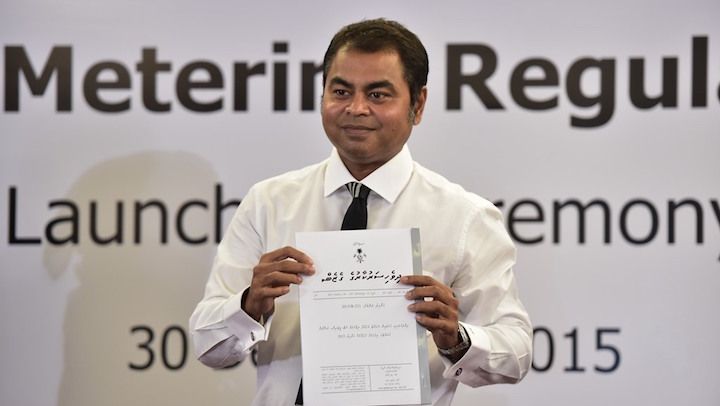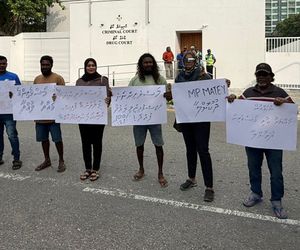Regulations introduced for connecting renewable energy to power grids
The new net metering regulation will allow residential and commercial customers who generate their own electricity from solar power to feed electricity they do not use back into the grid. The solar panel owner will be credited for the electricity added to the grid and billed for “net” energy use.

30 Dec 2015, 9:00 AM
The environment ministry today introduced “net metering regulations” for connecting renewable energy systems managed by private parties to state-owned utility power grids.
“Under the net metering regulation consumers will be able to invest in production of energy for themselves by means of renewable sources,” the environment ministry explained.
“While consumers can decide the level of power production from producing partial to full power needs by renewable sources, consumers can also supply the unused power to the power grid of the local service provider under the new regulation.
“Power supplied by consumers will be credited and settled from amounts billed by the service provider. Thereby, reducing the expenditure spent on power for consumers being served under the regulation.”
Become a member
Get full access to our archive and personalise your experience.
Already a member?
Discussion
No comments yet. Be the first to share your thoughts!
No comments yet. Be the first to join the conversation!
Join the Conversation
Sign in to share your thoughts under an alias and take part in the discussion. Independent journalism thrives on open, respectful debate — your voice matters.




